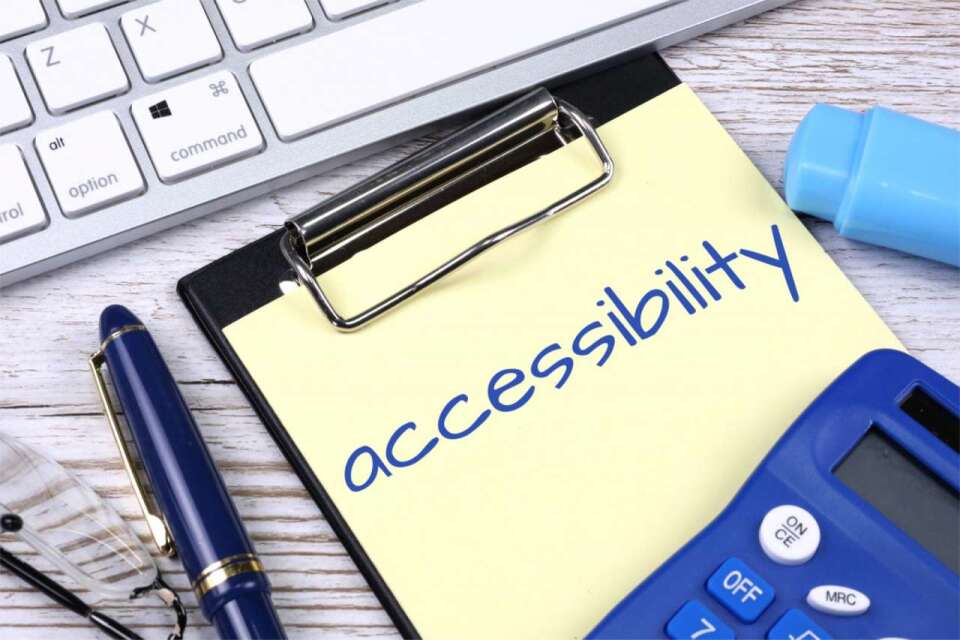In today’s interconnected research world, accessibility isn’t just a buzzword; it’s a cornerstone for equitable progress. But what exactly does accessibility mean, and why has it become vital for scholarly publishing?
Accessibility in Publishing: More than a Responsibility
Accessibility is about ensuring that research content is available and usable by everyone, regardless of their abilities or circumstances. Today, over 1.3 billion people, approximately one in six globally, live with some form of significant disability, according to the World Health Organization (WHO, 2023). Imagine the talent and innovation we lose when barriers prevent brilliant minds from accessing critical research.
The stakes are high. Accessibility isn’t just ethically necessary, it’s essential for scientific and social progress. When academic resources are inaccessible, we risk marginalizing certain groups and compromising our collective potential.
Who Faces These Barriers?
Accessibility challenges affect several critical groups within the research community:
- Researchers with Physical Disabilities: Imagine struggling with a poorly designed digital platform that’s incompatible with your assistive tools. For researchers with visual impairments or motor disabilities, inaccessible content isn’t just frustrating, it’s isolating and limiting.
- Researchers with Learning Disabilities: Those with conditions like dyslexia or processing difficulties often face unnecessary hurdles. Complex texts, inaccessible software, and rigid content formats can significantly slow their progress or even halt it altogether.
- Researchers Using English as a Second Language (ESL): Most high-impact research journals publish exclusively in English, posing significant barriers to ESL speakers. This language “tax” isolates researchers, limiting their participation and collaboration within the global research community.
The Positive Ripple Effects of Accessibility
When scholarly content is universally accessible, everyone benefits. Here’s how:
- Broader Perspectives and Innovation: Accessibility brings diverse voices and ideas into research, driving creativity and new discoveries. According to a McKinsey (2023), research teams with diverse perspectives tend to outperform their peers by fostering richer collaboration and resilience.
- Better Collaboration: Inclusive platforms naturally encourage cross-disciplinary collaboration, leading to groundbreaking innovations.
- Increased Impact: Accessible research reaches wider audiences, amplifying its influence and accelerating knowledge dissemination.
- Legal Compliance: Accessible platforms adhere to international legal standards, avoiding costly litigation and maintaining ethical responsibilities.
- Enhanced Reputation: Institutions prioritizing accessibility demonstrate their commitment to inclusivity, building trust and respect within the academic community and beyond.
Looking Forward
The scholarly publishing industry stands at a crucial crossroads. Will it prioritize accessibility, fostering a richer, more inclusive environment for innovation, or will it remain indifferent, allowing barriers to limit progress?
The choice seems clear. Accessibility isn’t a side consideration; it’s essential for a thriving, inclusive academic ecosystem. As we invest in inclusive practices, we invest directly in a more equitable, innovative, and impactful scholarly community.
Discover how accessibility is reshaping publishing.
Visit- AI and Accessibility in Publishing and download your whitepaper! Contact us for more information at: connect@cactusglobal.com
Next Up: Navigating Accessibility Laws and Standards: A Guide for Publishers.









